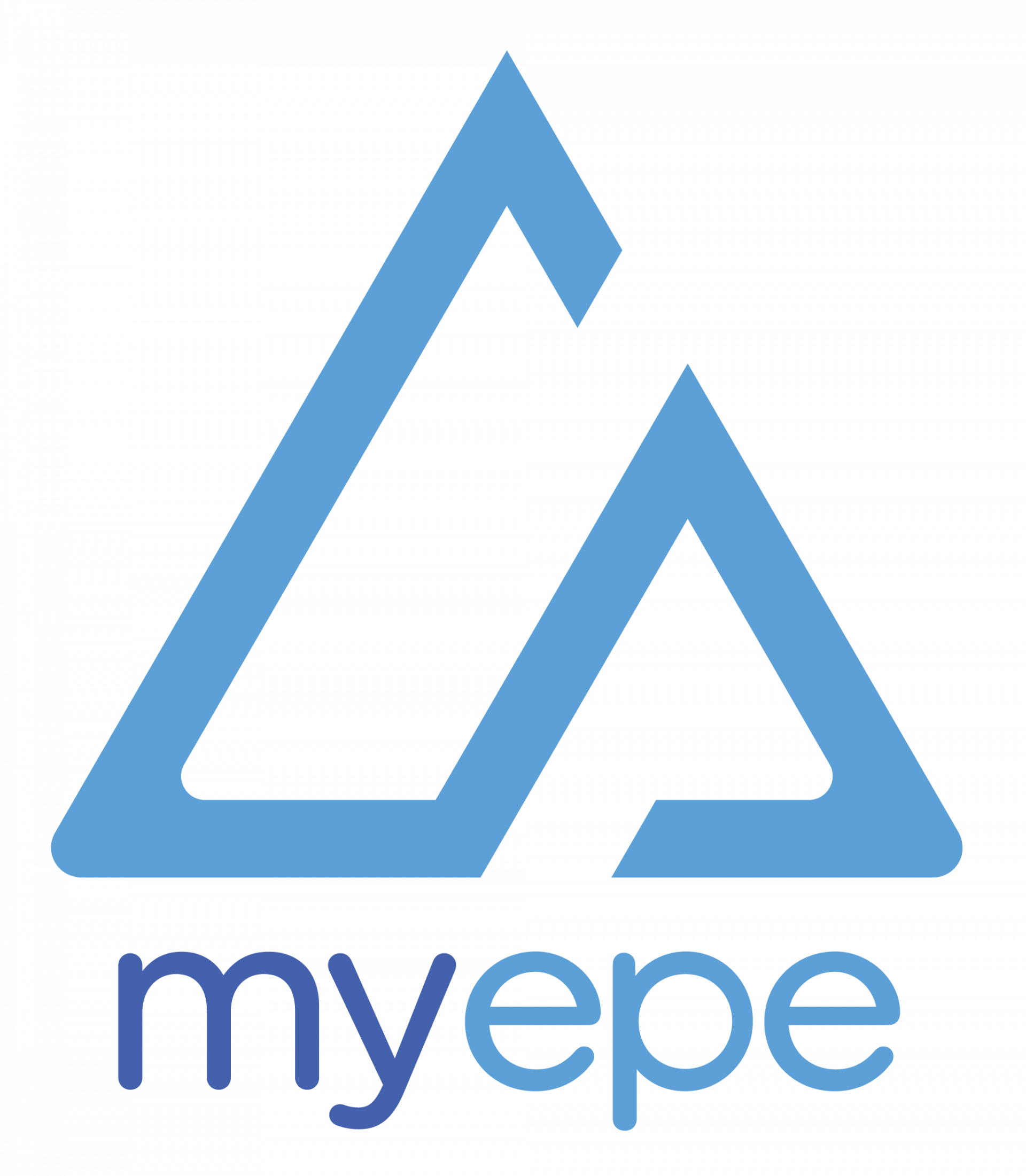*Key Note
Understanding neurological anatomy is key when tackling rehabilitation cases in a neurological setting. In addition, the national examination often tries to test the musculoskeletal section by using questions that are designed to initially appear as though they are neurologically focused questions. Understanding how the brain and spinal cord function, as well as the signs and symptoms of related pathologies, will help you understand any exam question.
Nervous System Overview: Organization (Divisions and Subdivisions)
The nervous system is organized into two distinct regions: The Central Nervous System (CNS) and the Peripheral Nervous System (PNS)
• Central Nervous System (CNS) = Brain and Spinal Cord
• Peripheral Nervous System (PNS) = Cranial Nerves and Spinal Nerves
Central Nervous System
The CNS is considered to have seven basic parts:
• Cerebral Hemispheres
• Diencephalon
• Midbrain
• Pons
• Medulla (pons and medulla together are called the 'hindbrain')
• Cerebellum
• Spinal Cord
(Note: there are individual review courses for each of these seven areas).
Peripheral Nervous System
The PNS is made of nerves that connect glands, muscle, organs, and other soft tissue:
• Cranial Nerves: 12 pairs; name is based on function; emerges through foramina (holes) in skull
• Spinal Nerves: 31 pairs; name is based on location within the vertebral column that emerge between adjacent vertebrae
• Peripheral Nerves: PNS neuron bundles that extend out from the spinal cord and brainstem (both part of CNS)
• Ganglion: groups of peripheral nerve cell bodies; enlargements along peripheral nerves
• Ganglion Cell: neuron whose soma is situated in the PNS
The PNS carries information to the CNS via afferent pathways. The CNS carries information to the PNS via efferent pathways. Information that is sent to the CNS is involuntary; however, information sent from the CNS to the body can be either voluntary (somatic) or involuntary (autonomic).
Transmission Pathways
Afferent Fibres (carry messages to the CNS)
• Sensory Afferent Division - globally designed to carry information towards the CNS
• Somatic Afferents - carries information from the skin, muscles, joints
• Visceral Afferents - carries information from membranes and organs
Efferent Fibres (carries messages from CNS to the body)
• Motor Efferent Division - globally designed to carry information away from the CNS
• Somatic Efferent Nervous System (Voluntary) - carries information to skeletal muscles
• Autonomic Nervous System (Involuntary) - carries information to organs and glands
Autonomic Efferent Fibres have their own Sub-groups:
1. Sympathetic Division
2. Parasympathetic Division



